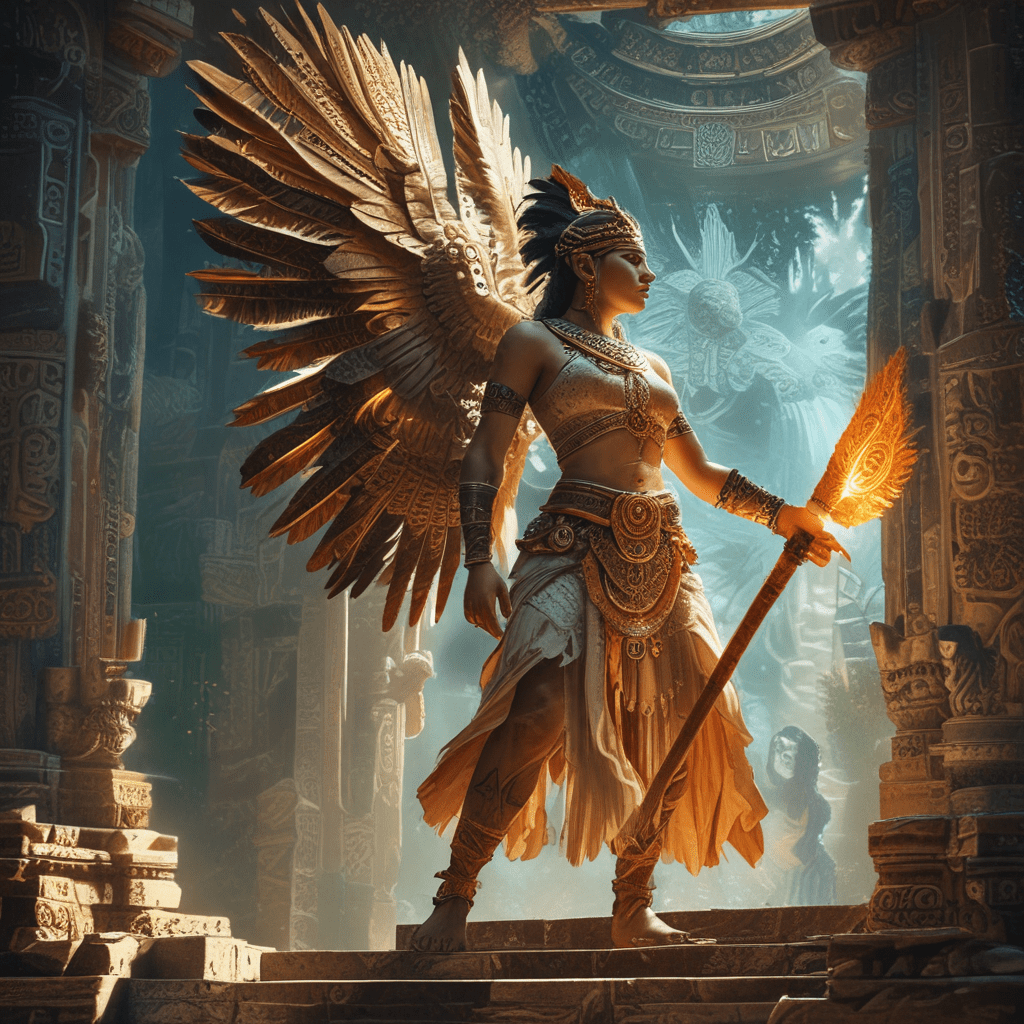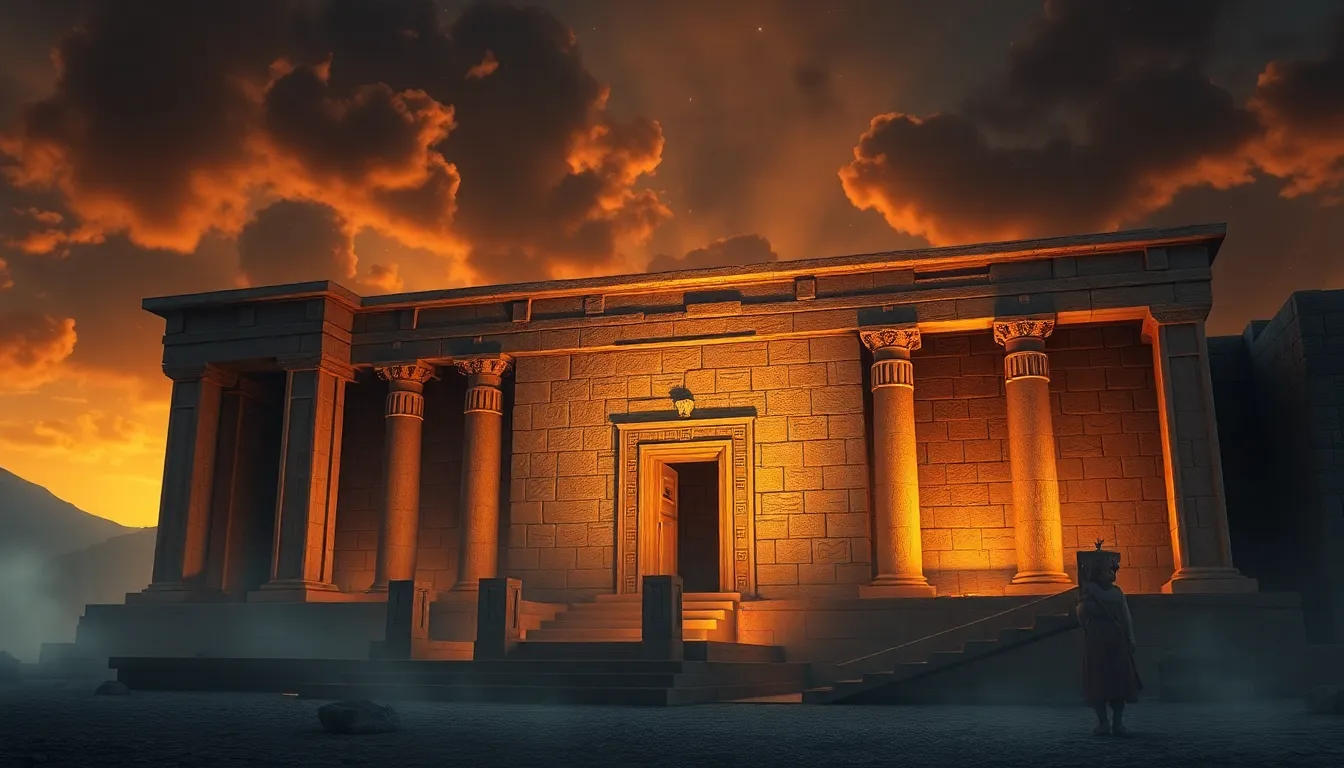When Legends Collide: The Greatest Battles of Mythology
Introduction to Mythological Battles
Mythology has been a fundamental aspect of human culture across the globe, serving as a means to explain natural phenomena, human emotions, and societal norms. From the ancient Greeks to the indigenous peoples of Mesoamerica, every culture possesses a rich tapestry of myths that often feature epic battles between gods, heroes, and mythical creatures.
The significance of these battles stretches beyond mere entertainment; they represent the eternal struggle between good and evil, chaos and order, and the moral dilemmas faced by humanity. By exploring these legendary confrontations, we can gain insights into the values, fears, and aspirations of different cultures throughout history.
Greek Mythology: The Titanomachy
One of the most significant mythological battles in Greek mythology is the Titanomachy, the war between the Titans and the Olympians. This epic conflict marked the transition from the rule of the Titans, led by Cronus, to the reign of the Olympian gods, headed by Zeus.
The Titanomachy lasted for ten years and was characterized by fierce battles on both sides. Key figures included:
- Cronus: The leader of the Titans who devoured his children to prevent them from overthrowing him.
- Zeus: The youngest son of Cronus who led the revolt against his father.
- Hades, Poseidon, and Hera: Zeus’s siblings who played crucial roles in the battle.
The consequences of the Titanomachy were monumental, establishing the Olympian gods as the new rulers of the cosmos and setting the stage for future myths and tales that would define Greek culture.
Norse Mythology: Ragnarok – The Twilight of the Gods
In Norse mythology, Ragnarok represents the end of the world and the ultimate battle between gods and their foes. This cataclysmic event is foretold to lead to the death of several major deities and the destruction of the world as it is known.
Major characters involved in this epic confrontation include:
- Odin: The Allfather who leads the gods into battle.
- Thor: The god of thunder, destined to fight the serpent Jörmungandr.
- Loki: The trickster god who ultimately turns against the gods.
- Fenrir: The monstrous wolf foretold to kill Odin.
The aftermath of Ragnarok is equally significant, as it paves the way for the rebirth of the world, symbolizing the cyclical nature of existence and the hope for renewal even in the face of destruction.
Hindu Mythology: The Battle of Kurukshetra
The Mahabharata epic, one of the longest poems in the world, centers around the Battle of Kurukshetra. This monumental conflict is not just a physical battle but a profound exploration of dharma (righteousness) and morality.
Key warriors in this epic struggle include:
- Arjuna: The heroic prince who grapples with his duty and morality.
- Bhishma: The noble warrior who is bound by his vows.
- Duryodhana: The antagonist seeking to claim the throne for himself.
The battle serves as a backdrop for deep philosophical discussions on ethics, duty, and the consequences of war, highlighting the complexity of human nature and the importance of making righteous choices.
Egyptian Mythology: The Conflict of Horus and Set
In Egyptian mythology, the conflict between Horus and Set symbolizes the eternal struggle between good and evil. After the murder of his father Osiris by Set, Horus embarks on a quest for revenge and justice.
This battle is rich in symbolism, representing:
- Good vs. Evil: Horus embodies light and order, while Set represents chaos and darkness.
- Legacy and Revenge: The conflict illustrates familial duty and the quest for justice.
The resolution of this conflict not only establishes Horus as the rightful ruler of Egypt but also reinforces the beliefs of ancient Egyptians regarding the cyclical nature of life, death, and rebirth.
Mesoamerican Myths: The Battle of the Hero Twins
The Popol Vuh, a foundational text of Mesoamerican mythology, narrates the story of the Hero Twins, Hunahpu and Xbalanque. Their journey involves a series of trials and battles against the Lords of Xibalba, the underworld.
The significance of their battles includes:
- Resurrection: The twins’ ability to overcome death and return to life symbolizes the triumph of life over death.
- Sacrifice: Their journey emphasizes the importance of sacrifice and cleverness in overcoming adversity.
Through their trials, the Hero Twins embody the themes of resilience and the importance of family ties, reflecting the values of Mesoamerican society.
Celtic Mythology: The Second Battle of Mag Tuired
The Second Battle of Mag Tuired is a pivotal conflict in Celtic mythology, depicting the struggle between the Tuatha Dé Danann and the Fomorians. This battle showcases the clash between the forces of order and chaos.
Key figures include:
- Lugh: The champion of the Tuatha Dé Danann, known for his skill and cunning.
- Balor: The one-eyed giant leader of the Fomorians.
The themes of fate and destiny are central to this battle, highlighting the belief in predestined outcomes and the heroic deeds required to fulfill them.
Comparative Analysis of Mythological Battles
Across cultures, mythological battles share common themes that resonate deeply with humanity:
- Good vs. Evil: Many battles illustrate the struggle between virtuous heroes and malevolent forces.
- Fate and Destiny: Characters often confront their fates, reflecting the belief in a predetermined universe.
- Sacrifice: The necessity of sacrifice is a recurring motif, emphasizing that great achievements often come at a cost.
The roles of gods and mortals in these conflicts also vary, with deities often intervening in human affairs, shaping the outcomes of these legendary confrontations. These narratives reflect the societal values and beliefs of the cultures from which they originate, offering insights into their worldviews.
Modern Interpretations of Mythological Battles
The influence of mythology extends into contemporary literature, film, and pop culture, where these epic battles are reimagined and retold. Modern retellings often draw upon these ancient narratives to explore themes relevant to today’s society.
Examples include:
- Literature: Novels like “Circe” by Madeline Miller reinterpret Greek myths, focusing on the perspectives of female characters.
- Film: Movies such as “Thor” and “Clash of the Titans” bring ancient battles to life with modern cinematic techniques.
- Video Games: Games like “God of War” and “Assassin’s Creed” incorporate mythological elements, allowing players to engage with these legendary stories.
The enduring legacy of these myths highlights their relevance in contemporary society, as they continue to inspire and provoke thought about the human experience.
Conclusion: The Relevance of Mythological Battles Today
Mythological battles serve as powerful allegories for the struggles faced by humanity throughout history. They encapsulate themes of morality, sacrifice, and the eternal conflict between good and evil. As we reflect on these legendary confrontations, we uncover timeless lessons that remain relevant today.
In



